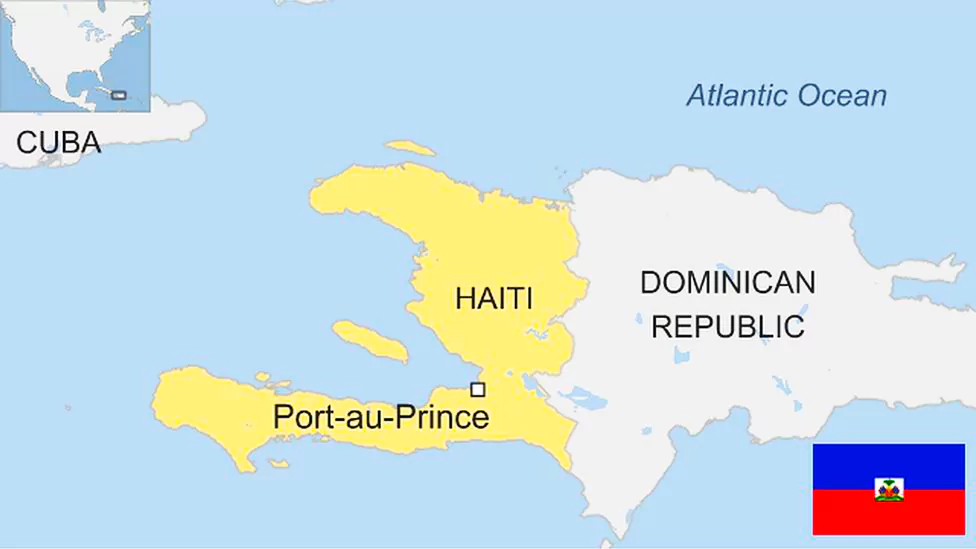
News Source: The Hindu
| Must Read | |
| NCERT Notes For UPSC | UPSC Daily Current Affairs |
| UPSC Blogs | UPSC Daily Editorials |
| Daily Current Affairs Quiz | Daily Main Answer Writing |
| UPSC Mains Previous Year Papers | UPSC Test Series 2024 |
Children of the Singpho community are named according to the order they are born in the family, incorporating numbers into their names.
About Lisus
|
|---|
About Singhpo Uprising of 1843:
|
|---|
News Source: The Hindu
| Must Read | |
| NCERT Notes For UPSC | UPSC Daily Current Affairs |
| UPSC Blogs | UPSC Daily Editorials |
| Daily Current Affairs Quiz | Daily Main Answer Writing |
| UPSC Mains Previous Year Papers | UPSC Test Series 2024 |
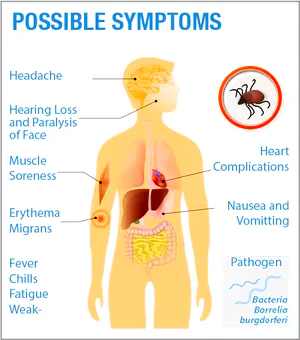
A case of lyme disease has come into light in Koovapady, Ernakulam district of Kerala.
News Source: Timesofindia
| Must Read | |
| NCERT Notes For UPSC | UPSC Daily Current Affairs |
| UPSC Blogs | UPSC Daily Editorials |
| Daily Current Affairs Quiz | Daily Main Answer Writing |
| UPSC Mains Previous Year Papers | UPSC Test Series 2024 |
The haemoglobin A1C (HbA1C) test is widely used for prevention and early detection of non-communicable diseases, including diabetes (both type 1 and type 2).

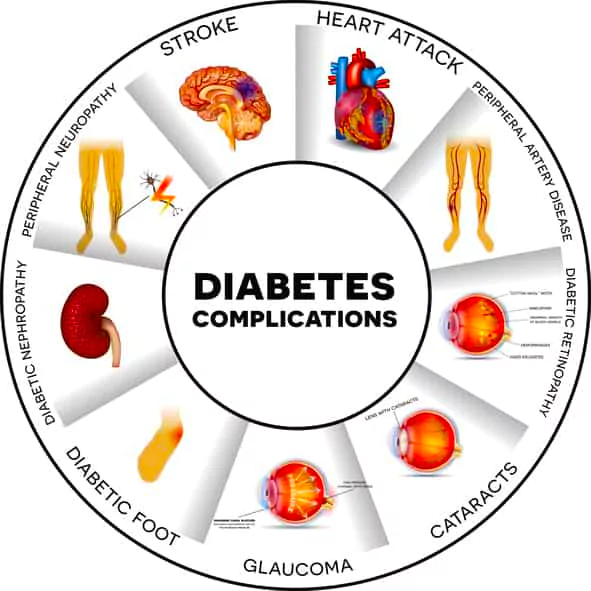 Medications: Use of medications including steroids, opiates, or dapsone (used to treat leprosy) can alter HbA1C readings.
Medications: Use of medications including steroids, opiates, or dapsone (used to treat leprosy) can alter HbA1C readings.News Source: Thehindu
| Must Read | |
| NCERT Notes For UPSC | UPSC Daily Current Affairs |
| UPSC Blogs | UPSC Daily Editorials |
| Daily Current Affairs Quiz | Daily Main Answer Writing |
| UPSC Mains Previous Year Papers | UPSC Test Series 2024 |
A new study published in Journal Science linked growing consumption of processed food with declining levels of gut bacteria that help digest plant cellulose, especially in people in industrialised countries.
News Source: Down to Earth
| Must Read | |
| NCERT Notes For UPSC | UPSC Daily Current Affairs |
| UPSC Blogs | UPSC Daily Editorials |
| Daily Current Affairs Quiz | Daily Main Answer Writing |
| UPSC Mains Previous Year Papers | UPSC Test Series 2024 |
Model Code of Conduct comes into force for 2024 Lok Sabha elections.
News Source: Indian Express
| Must Read | |
| NCERT Notes For UPSC | UPSC Daily Current Affairs |
| UPSC Blogs | UPSC Daily Editorials |
| Daily Current Affairs Quiz | Daily Main Answer Writing |
| UPSC Mains Previous Year Papers | UPSC Test Series 2024 |
Recently the Ministry of Education is set to conduct the Foundational Literacy and Numeracy Assessment Test (FLNAT) as part of the ULLAS – Nav Bharat Saaksharta Karyakram.
Foundational Literacy and Numeracy Assessment Test (FLNAT)
|
|---|
News source: PIB
| Must Read | |
| NCERT Notes For UPSC | UPSC Daily Current Affairs |
| UPSC Blogs | UPSC Daily Editorials |
| Daily Current Affairs Quiz | Daily Main Answer Writing |
| UPSC Mains Previous Year Papers | UPSC Test Series 2024 |
Recently the Patents Rules 2024 notified with several provisions to simplify Patent prosecution and maintenance.
What is a Patent?
|
|---|
Paris Convention
|
|---|
What Can Be Patented in India?
What Cannot Be Patented in India?The Patent Act 1970 specifies specific exclusions from patentability. Here’s what cannot be patented:
|
|---|
News Source: PIB
| Must Read | |
| NCERT Notes For UPSC | UPSC Daily Current Affairs |
| UPSC Blogs | UPSC Daily Editorials |
| Daily Current Affairs Quiz | Daily Main Answer Writing |
| UPSC Mains Previous Year Papers | UPSC Test Series 2024 |
Recently, A study published in the Medical Journal ‘Lancet’ establishes a national benchmark for dialysis success rate for the first time.
Dialysis:
Hemodialysis (HD-Water Dialysis):
Peritoneal dialysis (PD-Blood Dialysis):
|
|---|
News Source: DTE
| Must Read | |
| NCERT Notes For UPSC | UPSC Daily Current Affairs |
| UPSC Blogs | UPSC Daily Editorials |
| Daily Current Affairs Quiz | Daily Main Answer Writing |
| UPSC Mains Previous Year Papers | UPSC Test Series 2024 |
Recently, India Abstained On Pakistan’s Islamophobia Resolution which was introduced on the International Day to Combat Islamophobia at UNGA.
United Nation General Assembly (UNGA)
Establishment of International Day to Combat Islamophobia:
|
|---|
| Religiophobia : It is defined as a fear or anxiety of religious faith, religious people or religious organisations. Ex : Anti Semitism, Christianophobia, or Islamophobia etc |
|---|
News Source: Indian Express
| Must Read | |
| NCERT Notes For UPSC | UPSC Daily Current Affairs |
| UPSC Blogs | UPSC Daily Editorials |
| Daily Current Affairs Quiz | Daily Main Answer Writing |
| UPSC Mains Previous Year Papers | UPSC Test Series 2024 |
This Article is based on the news “Nation’s first interstate multi-modal transport hub coming up near Delhi airport” which was published in the Indian Express. Recently the Indian Railways plans to develop multimodal transport hubs.
| Relevancy for Prelims: Indian Railways, Connecting Nations, Green Hydrogen In Transport Sector, Eastern Dedicated Freight Corridor, and Viksit Bharat @2047.
Relevancy for Mains: Multimodal Transportation and Multimodal Logistics: Status, Advantages, Challenges, and Way Forward. |
|---|
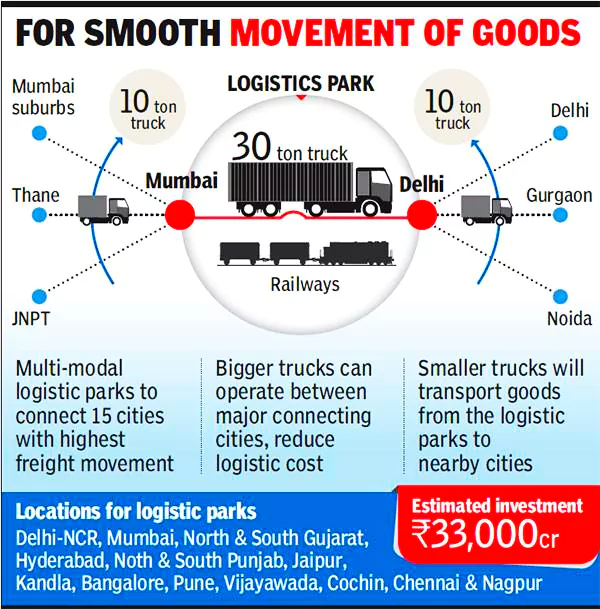
Law Governing Multi Modal Transport and Logistics in India
|
|---|
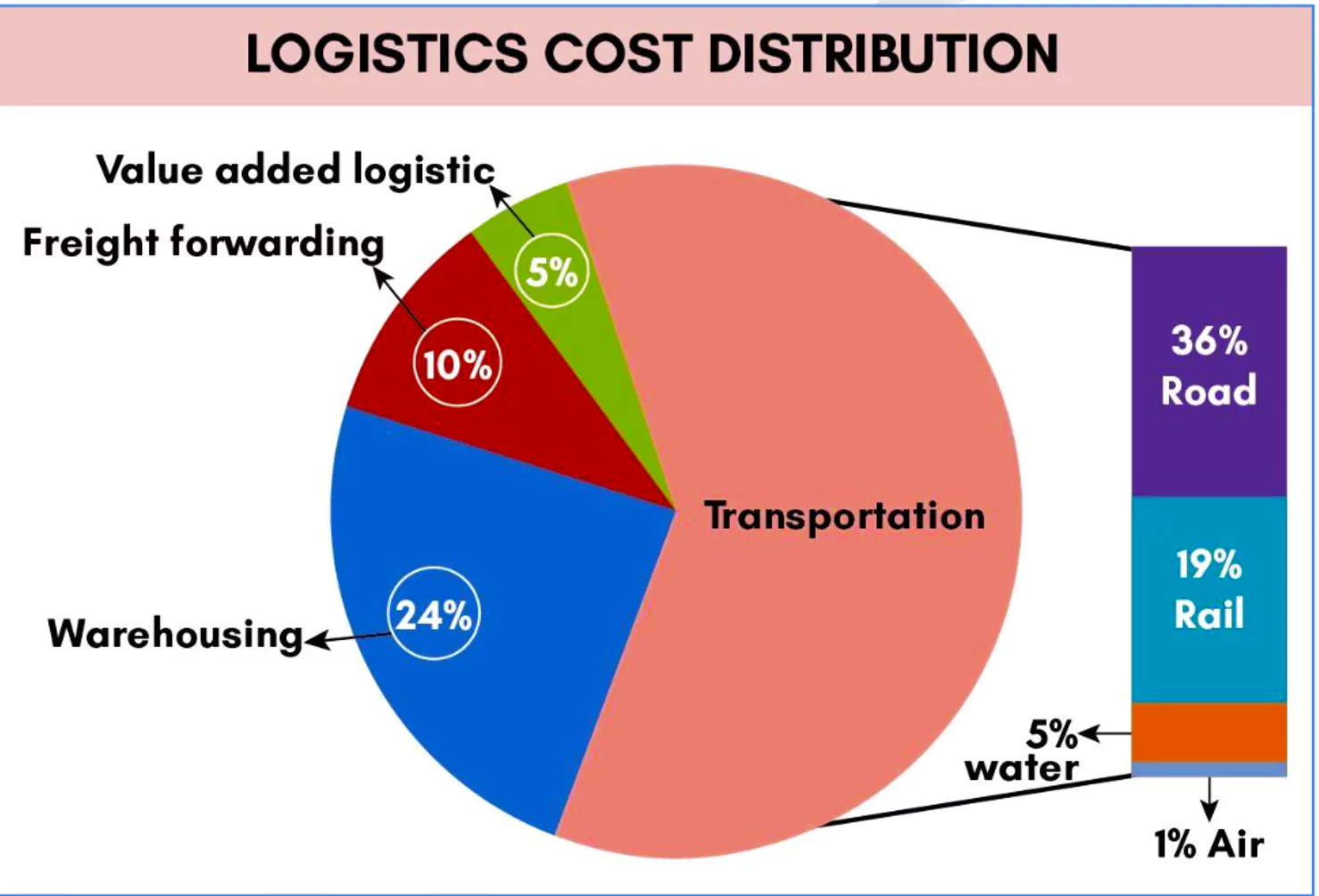 Transportation Costs: Currently, transportation is considered to be most crucial logistics activity which almost accounts for 50- 60% of logistics cost followed.
Transportation Costs: Currently, transportation is considered to be most crucial logistics activity which almost accounts for 50- 60% of logistics cost followed.
| Must Read | |
| NCERT Notes For UPSC | UPSC Daily Current Affairs |
| UPSC Blogs | UPSC Daily Editorials |
| Daily Current Affairs Quiz | Daily Main Answer Writing |
| UPSC Mains Previous Year Papers | UPSC Test Series 2024 |
This Article is based on the news “Unstable platforms” which was published in the Business Standard. A recent survey conducted across multiple Indian cities, titled “Prisoners on Wheels”, sheds light on the challenges faced by over 10,000 cab drivers and delivery persons.
| Relevancy for Prelims: Indian Economy, Basics Of Money, Gig Economy in India, Gig Workers,and Periodic Labour Force Survey (PLFS).
Relevancy for Mains: Gig Economy in India: Current Status, Classification, Benefits, and Regulatory Frameworks. |
|---|
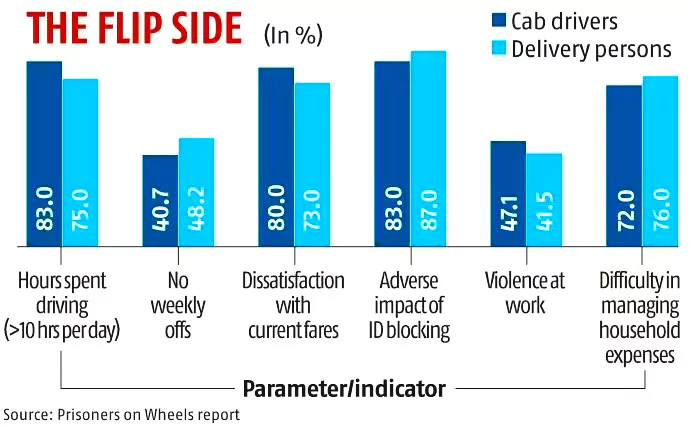
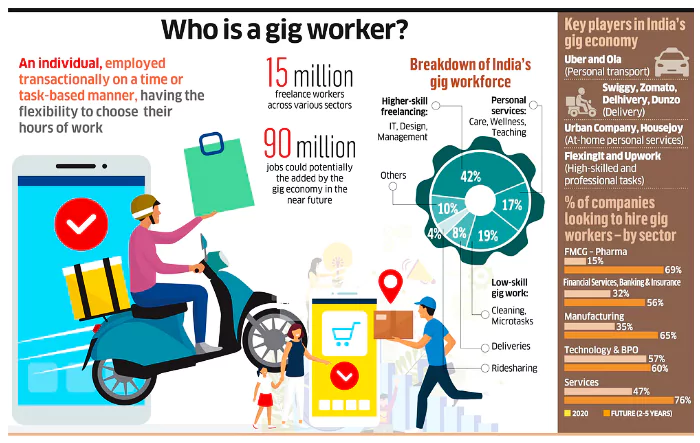
Global Comparison of Gig Workers Rights
|
|---|
Best Practices by State:
|
|---|
NITI Aayog Recommendations On Gig Workers in India
|
|---|
As the debate on gig workers in India’ welfare intensifies, governments must craft a robust framework that imposes conditions to access social security, while retaining the hallmarks of the gig economy— flexibility and choice.
| Mains Question: Examine the role of ‘Gig Economy’ in the process of empowerment of women in India. (150 words, 10 Marks) |
|---|
| Must Read | |
| NCERT Notes For UPSC | UPSC Daily Current Affairs |
| UPSC Blogs | UPSC Daily Editorials |
| Daily Current Affairs Quiz | Daily Main Answer Writing |
| UPSC Mains Previous Year Papers | UPSC Test Series 2024 |
SC Verdict on Newsclick Shows Adherence to Due Pro...
Stay Invested: On Chabahar and India-Iran Relation...
Credit Rating Agencies, Impact on India’s De...
Catapulting Indian Biopharma Industry
Globalisation Under Threat, US Import Tariffs Have...
Global Report on Hypertension, Global Insights and...
<div class="new-fform">
</div>
